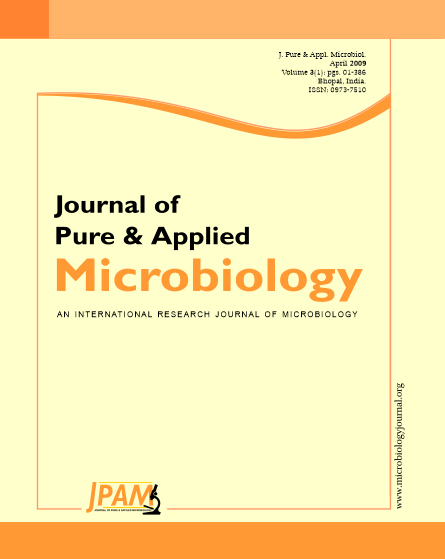Salmonella is a Gram negative facultative rod shaped bacteria which live in the intestine of warm and cold blooded animals. Some species are ubiquitous and others are specifically adaptive to a particular host. In human Salmonella are the cause of two diseases called Salmonellosis and enteric fever (typhoid). These bacterial pathogens are crucial zoonotic agents in the veterinary as well as medical field. The organism now named Salmonella enterica serotype typhi was discovered in 1880. Most Salmonella outbreaks are associated with the consumption of contaminated products of animal origin. The widespread distribution of Salmonella in meat and poultry makes meat products as a good source for the isolation of Salmonella.
Bacteriocin, Salmonella, Sensitivity, antimicrobial activity
© The Author(s) 2009. Open Access. This article is distributed under the terms of the Creative Commons Attribution 4.0 International License which permits unrestricted use, sharing, distribution, and reproduction in any medium, provided you give appropriate credit to the original author(s) and the source, provide a link to the Creative Commons license, and indicate if changes were made.


